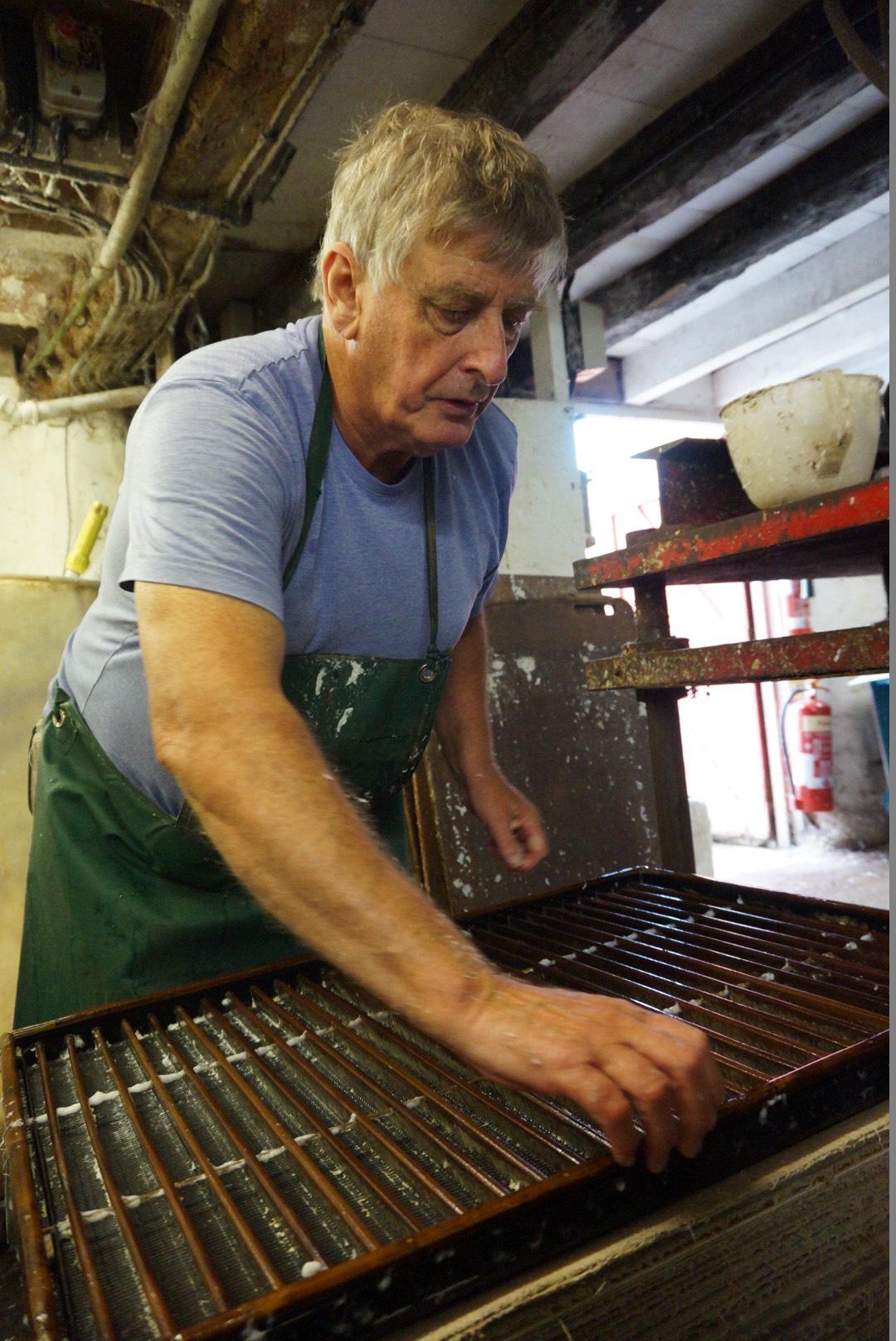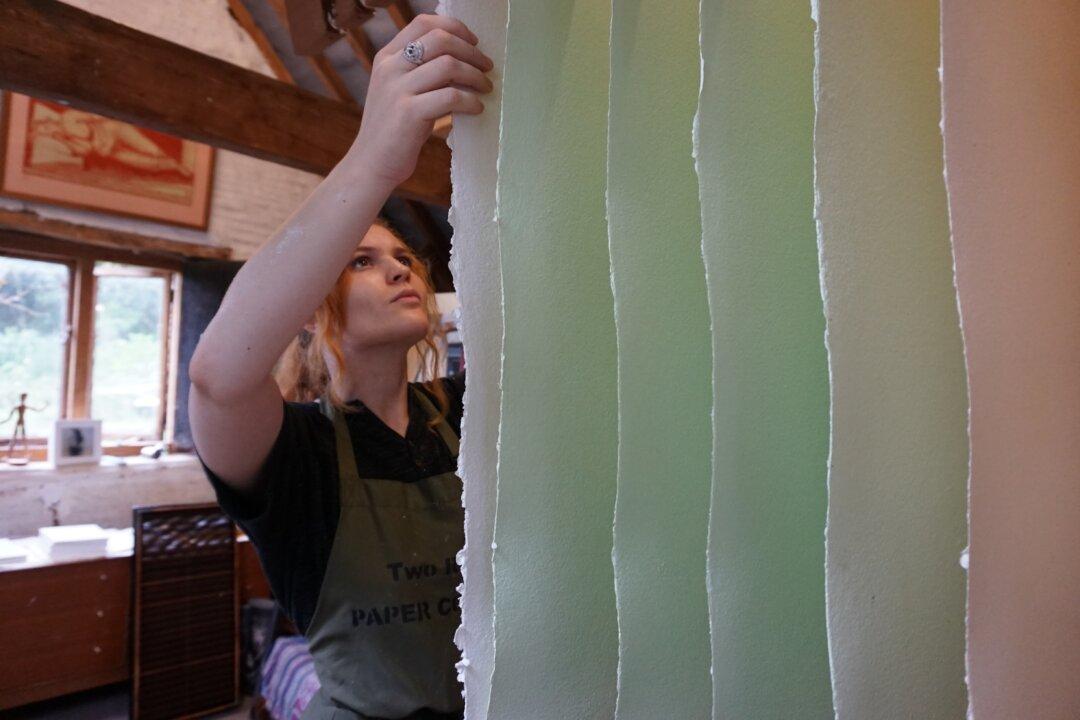What do watchmaking, commercial papermaking, piano making, and scissor making all have in common? They’re all traditional heritage crafts that are practiced in the UK, and each one of them has been deemed critically endangered according to a newly published report: “The Heritage Crafts Association Red List of Endangered Crafts 2019 Edition.”

Commercial papermaker Jim Patterson from Two Rivers Paper in Somerset, England. Alison Jane Hoare






